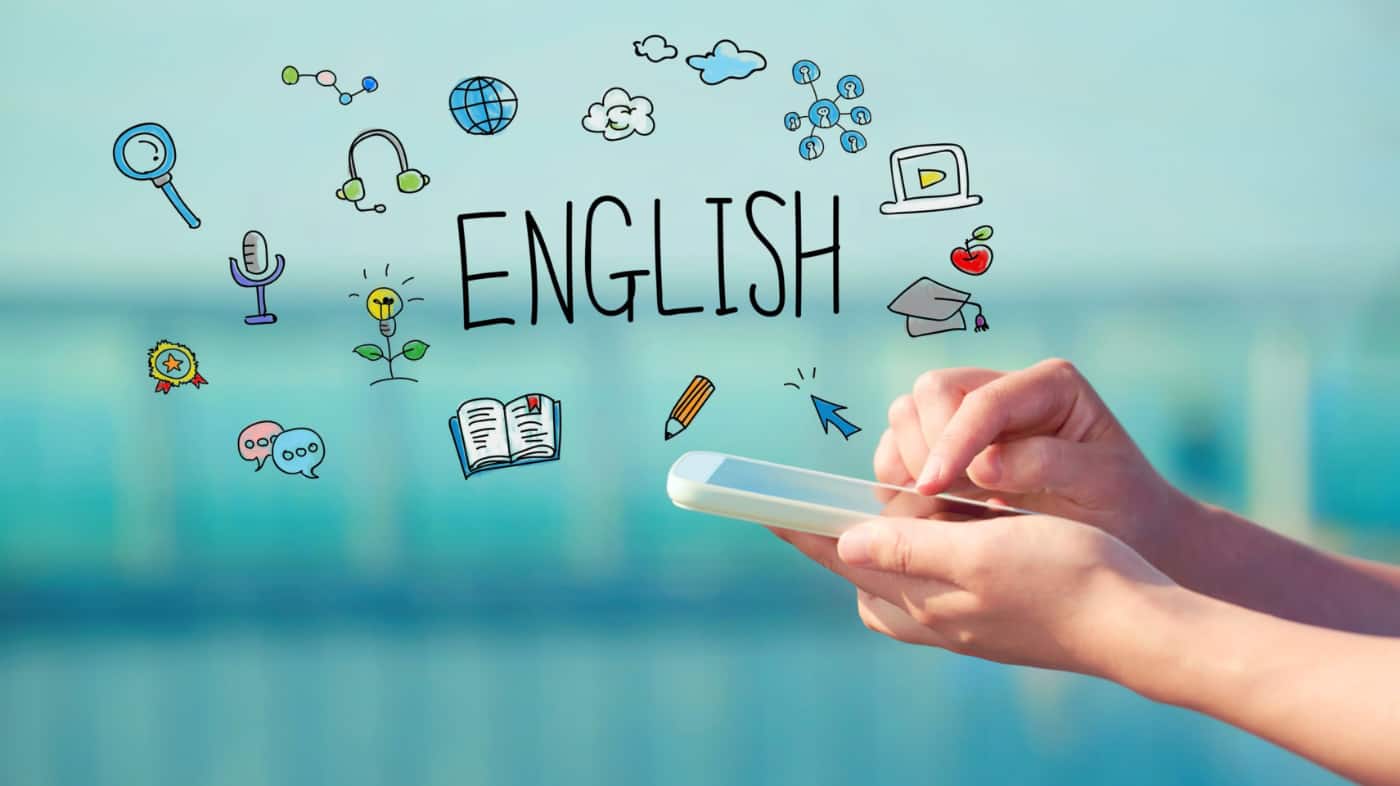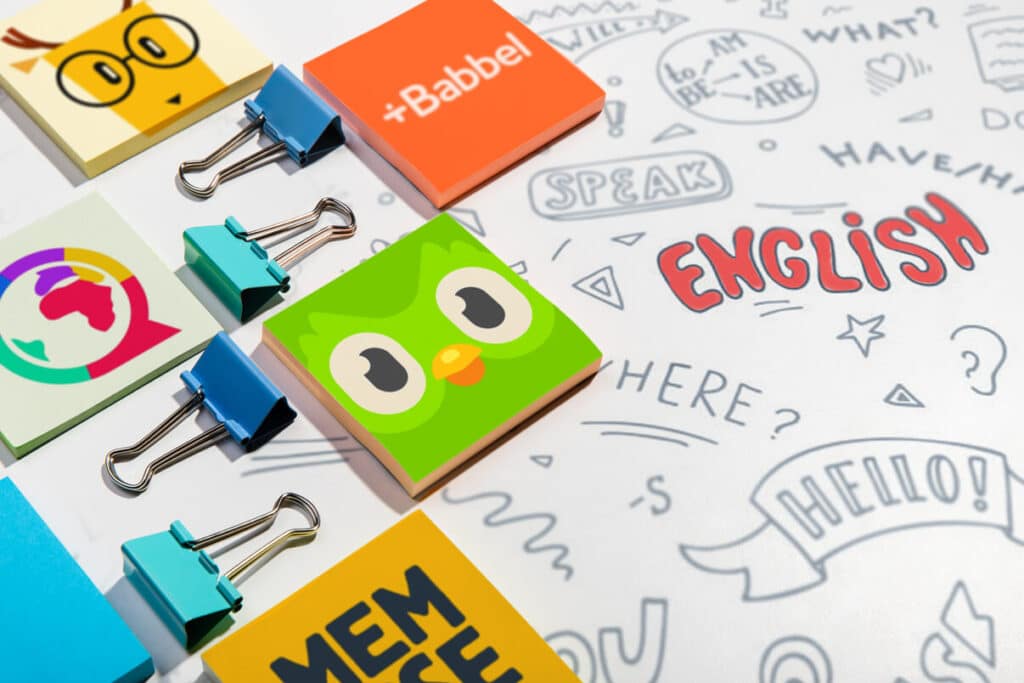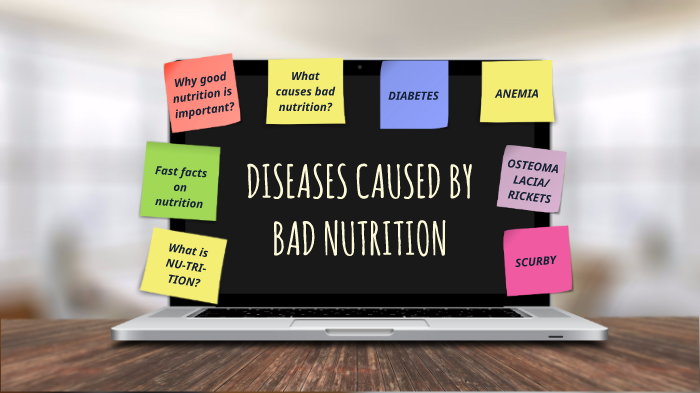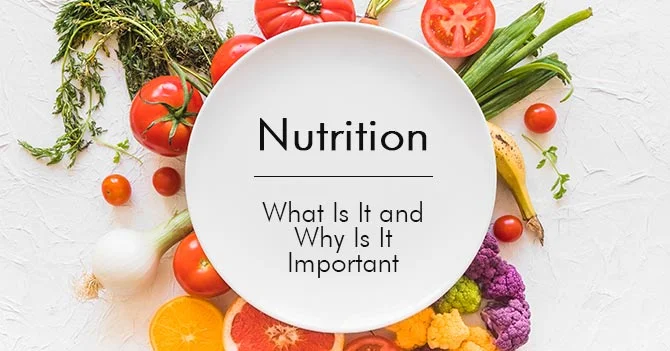All the information about FluentU:
The 6 Best Sources of Language Learning Videos on the Internet
Foreign language immersion is as easy as watching a video.
To speed up the process of language acquisition, one of the things that you absolutely have to do is to watch a lot of native language clips, movies, soap operas, series, newscasts, etc. In fact, academics have warmed up to the possibility that these kinds of videos are the future of education. In this post, we’re going to pay homage to motion pictures by giving you the best sources of language learning videos on the internet.
Content:
Why Videos Work in Language Learning: The 3 M’s
Videos Make the Students Motivated
If there’s any doubt as to the motivating effect of videos on people, one only must look at how students are responding to the games presented in video form—or the so-called video games.
The positive effect of games on learning is well-documented. But having those games in video form seems to take it to a whole new level where students actually get addicted to learning and make peanuts out of the lessons.
Videos have this effect of exciting and engaging the students in any activity. We all heard of kids who forget to eat or sleep because they’re so mesmerized by some video game, right?
Today, videos are being used in language courses to maximize motivation and minimize anxiety in learners.
Videos Make the Lessons Memorable
Videos are moving to the forefront of education. They have been found to have positive effects on the medium- and long-term memory.
Videos generate visual stimulants that wake up the brain cells and demand focused attention.
How many teachers or audio courses get “focused attention” from their students? A video requires that you look at it. It demands that you listen and take stock. Because of these characteristics, videos improve learning outcomes.
But hold your horses just yet. There are probably billions of videos in existence, and not all of them are created equal. They have varying degrees of educational impact.
Content matters. A boring video, well, is boring. There’s really no way around that.
How the video integrates the different technologies available also matters. For example, captioned videos are significantly more effective in teaching language than uncaptioned ones. Later we’ll learn about how websites make their videos more interesting than the rest of the competition.
Videos Make the Culture Meaningful
Culture can never be divorced from the language that gives it expression.
Videos provide visual context for the lessons, allowing students to see not only what the teacher or native speakers look like, but also their facial expressions, animated gestures and even their fashion sense.
All the little visual cues add up to give the student a bigger picture of what the culture is like. You don’t have this element with non-visual podcasts or audiobooks.
Only video really gives this type of peek into the culture of the language you are learning. And that’s why, if you’re going to be acquiring your target language soon, you better open your eyes and your mind to the profound and subtle lessons of one simple, unassuming, video.
We are going to talk about the different ways of watching these videos because there are different types of videos online, there are also different ways of watching them. That all depends on your purpose, which is what we’re going to talk about now.
3 Different Strategies for Watching Language Videos
1. Watching for Pleasure (Taking in the Big Picture)
This technique is usually done for foreign movies or series. The purpose here is not linguistic at all. It’s for entertainment. So, it’s usually the method used when one initially approaches new material.
Let’s say you’re watching a short clip, episode, or film. You watch it first just like any normal movie-goer would. If the video has English subtitles, then you turn them on so you can understand what’s going on.
This approach familiarizes you with the plot of the movie, for example. It introduces you to the characters, the basic conflict and the different twists and complications to the story. You’re taking it all in. You’re not thinking about vocabulary or grammar at this point.
Now, don’t belittle this approach and think it “superficial.” If you’re going to milk a video, clip or movie for all it’s worth, if you’re going to understand the nuances in the language later on, you’re going to have to do this to every video that comes your way. Watch it for pleasure; take it all in.
Do this 3-4 times!
You’ll never understand context or why they are using a certain type of vocabulary if you don’t get the big picture.
2. Watching with Subtitles, Without Subtitles or Dubbed in Another Language
This is where you start to get linguistic in your efforts. Now that you understand the big picture, watch the whole thing again, but this time with the purpose of learning.
Watch it with the foreign subtitles. This is really going to help you with vocabulary, spelling, and grammar. As you read the subtitles, you’re remembering the dialogues and you’re remembering the English equivalents of words. This becomes easier because you have the benefit of context to help you remember. (That’s why you need to watch the video over and over.)
Then you’re going to watch it without the subtitles. This time, you’ll be doing a lot of listening. You’ll train your ears to listen to the tone, cadence, and pronunciation of the words. And because of your familiarity with the material, you’ll probably be predicting the words and dialogue. (If so, practice speaking to them out loud!)
Now, if by chance the material is dubbed in English, then watch it. This way, you will be approaching the subject from a different angle. And this will only strengthen your knowledge of the material.
Doing these three things will allow you to really get all you can out of a video. A single clip, movie or episode can teach you a lot if you have the patience to let it.
3. Watching with Intent (Pause and Play Method)
Now this is the most productive part of watching a video. You’re not only milking it, but you’re also really going to mine it for all it has.
Watching with intent is when you don’t care about the big picture, you don’t care about the movie or the characters, plot or whatever is going on. You’re just watching it for the language gems you can mine.
You do this scene by scene. And a single scene you do line by line. So, in a sequence of dialogue, you pause the movie after a series of lines. Then you study the lines and mine it for every grammatical, vocabulary and context lesson it presents. (The cool thing is, the more you know about a language, the sharper your eyes and ears are for these things.
When you’re done with the last approach, you would have watched the whole thing close to 20 times. You’ll be so sick of it; you’ll wish it had never been made. You’ll consider it the worst tragedy in the history of learning.
Our Top 6 Websites for Language Learning Videos:
UNIVERSIDAD DE PANAMÁ
CENTRO REGIONAL UNIVERSITARIO DE AZUERO
FACULTAD DE HUMANIDADES
ESCUELA DE INGLES
DIAGNOSTIC QUIZ

Answer the following questions. Be ready to share your answers.
Have you ever used any application or software for learning a language? If so, which one have you used and what for?
A/ Yes, I used to use Duolingo to learn English.
Mention some educational software or Apps for learning languages.
Duolingo
Rosetta Stone
Babbel
Memrise
Anki (for flashcards)
FluentU (for language immersion through videos)
Tandem (for language exchange)
Busuu
Drops (for vocabulary building)
LingQ (for extensive reading)
Why should a teacher consider a software as an educational resource?
A/ Teachers should consider software as an educational resource because it offers accessibility, interactivity, personalization, gamification, resource variety, and flexibility to enhance language learning.
What is the importance of using an educational software?
A/ The importance of using educational software in language learning lies in its ability to complement traditional teaching methods and make learning more engaging and effective.
How technology can be used to enhance teaching and learning?
A/ Using technology in teaching and learning enhances education by offering access to diverse online resources, facilitating communication, providing instant feedback, offering multimedia experiences, and allowing flexibility in language learning.
Nutrition is a basic human need and a prerequisite for healthy life. A proper diet is essential from very early age of life for growth, development, and active life. Nutrition is the science that deals with all the various factors of which food is composed and the way in which proper nourishment is brought about.
The average nutritional requirements of groups of people are fixed and depend on such measurable characteristics such as age, sex, height, weight, degree of activity and rate of growth. In this section the following are covered in detail.
Protein: It's Importance
Proteins are made from amino acids, and they are vital for living beings to carry out a wide range of functions essential for life. Almost half of the protein in our body is in the form of muscles. The quality of protein depends upon the content of essential amino acid in the food.
Functions
Protein in the form of enzymes and hormones is required for a wide range of vital metabolic processes in the body.
Proteins supply the body-building material and help body growth and development in children and adolescents.
In adults, it helps to maintain the losses that occur due to wear and tear.
During pregnancy and lactation, additional protein is required for synthesis of fetal and maternal tissue.
Recommended Dietary Allowance of Proteins
Animal proteins are of higher quality since they provide essential amino acids in right proportion.
Even vegetarians can get enough protein by eating combination of cereals, millets, nuts, and pulses. Milk and egg contain good quality protein.
Some of the rich sources of protein are pulses, legumes, nuts and oil seeds, milk and milk products, meat, fish, and poultry.
Among the plant foods soybean is the richest source of protein, containing over 40% of protein.
The amount of protein required for boys (16-18 years) weighing 57 kg weight is 78 gm per day, whereas same age group girls weighing 50 kg need 63 gm/day.
Pregnant women need 65 gm of protein, while lactating women (up to 6 months) need 75 gm/day.
Micronutrients: The Protective Foods
Micronutrients are vitamins and minerals that are required for our body in minute amounts to fight diseases, to support metabolic activities and protect against infections. These are essential for maintenance of health and longevity.
VITAMIN A: Vitamin A is a fat-soluble vitamin. It has important role in vision, immune functions and integrity of skin and mucus membrane. In India, 3% of school age children suffer from vitamin A deficiency signs like bitot spots (a gray patch on the white portion of the eye). One of the earliest manifestations of vitamin A deficiency is night blindness.
Importance of Vitamin A
Vitamin A is essential for normal vision. Its deficiency results in night blindness and other complications.
Studies suggest that preventing vitamin A deficiency in women during and before pregnancy greatly reduces their risk of mortality and morbidity.
Dietary intake of vitamin A is advisable to prevent vitamin A deficiency disorders.
Vitamin-rich foods
Many green leafy vegetables, yellow- and orange-coloured fruits and vegetables are rich sources of beta-carotene.
Pro-vitamins like beta carotene are converted to vitamin A. Only foods of animal origin contain performed vitamin A.
Milk and milk products, egg yolk, red palm oil, fish and fish liver oil are also rich in vitamin A. Total beta-carotene content of some foodstuffs.
Name of the food stuff | Βeta carotene μ/100 edible portion |
Coriander leaves | 4800 |
Curry leaves | 7110 |
Drumstick leaves | 19690 |
Fenugreek leaves | 9100 |
Carrot | 6460 |
Mango ripe | 1990 |
Papaya ripe
| 880
|
Vitamin C
Vitamin C is an essential micronutrient and an antioxidant. It gives protection against infections. Vitamin C deficiency causes scurvy characterized by weakness, bleeding gums and defective bone growth. Vitamin C helps in wound healing, amino acid and carbohydrate metabolism and synthesis of some hormones. It also influences iron absorption.
Vitamin C rich foods
It is present in all fresh citrus fruits such as orange, lemon and amla.
Commonly consumed fruits such as tomato and guava are good sources of vitamin C. Sprouted grams are also rich sources of vitamin C.
Iron
Iron is an essential element for the formation of hemoglobin in red blood cells and plays an important role in transport of oxygen. In our country, anemia is a major public health problem in young children, adolescent girls, and pregnant women. Approximately 50% of the populations suffer from nutritional anemia. Nutritional anemia adversely affects work output among adults and learning ability in children.
Eat iron-rich foods
Plant foods like green leafy vegetables, dried fruits and legumes contain iron and millets such as bajra and ragi are good sources of iron. Remember that only 3-5% of iron from plant sources is absorbed by the body.
Iron is also obtained through meat, fish, and poultry products.
Fruits with vitamin C like amla, guava and citrus improve iron absorption from plant foods.
Avoid tea/coffee after a meal.
Iodine
Iodine is essential for the synthesis of thyroid hormones (thyroxin) which in turn is responsible for normal physical and mental growth.
The daily requirement of iodine is 100-150 μg/day and it varies with age and certain physiological conditions.
Iodine deficiency disorders (IDD) are important micronutrient deficiency disorders of public health importance in India.
Iodine deficiency in pregnancy affects the fetal growth and its mental development.
Iodine deficiency leads to hypothyroidism, goiter, and growth retardation.
We get iodine from the food we eat especially sea foods and water.
Substances called goitrogens that are present in vegetables like cabbage, cauliflower, tapioca etc. interfere with metabolic utilization of iodine.
One should use iodized salt daily in the diet to prevent IDD.
Adolescent Growth Spurt
Adolescents constitute more than one-fifth of India’s population. The word adolescent comes from the Latin word ‘Adolescence’ meaning to grow, to mature signifying the special features of adolescence.
Growth, Development & Nutrition
Adequate nutrition is critical for growth spurt during adolescence. Poor nutrition is often cited as one of the reasons for delay in the onset of puberty, especially among Indian adolescent girls. Growth spurt that signals the onset of puberty depends on the girl’s attaining a critical weight of 30 kg and a critical body composition of 10% body fat.
There is an increased demand for energy, protein, minerals, and vitamins during adolescence.
Age group | Energy kcal/day | Protein g/day | Fat g/day | Calcium mg/day | Iron mg/day | Vitamin A μg/day (Beta caroten) |
10-12 yrs Boys | 2190
1970 | 54
57 | 22
22 | 600
600 | 34
19 | 2400
2400 |
13-15 yrs Boys | 2450
2060 | 70
65 | 22
22 | 600
600 | 41
28 | 2400
2400 |
16-18 yrs Boys | 2640 2060 | 78 63 | 22 22 | 500 500 | 50 30 | 2400 2400 |
Source: Recommended Dietary Allowances for Indians, NIN, ICMR, Year: 1989.
Why do we need energy?
Human beings need adequate energy to carry out their daily routine physical work, maintain body temperature, metabolic activity and to support growth. The survey conducted by National Nutrition Monitoring Bureau (NNMB) revealed that in India nearly 50% of men and women suffer from chronic energy deficiency.
Energy requirement of an individual is based on daily energy expenditure. It is also dependent on age, body weight, level of physical activity, growth, and physical status. In India, 70-80% of the total dietary calories are obtained from food grains such as cereals, millets, pulses, and tubers.
Children including adolescents obtain 55-60% of their daily requirement of calories from carbohydrates.
Adolescents require more energy for healthy growth. For example, girls and boys in the age group of 16-18 require 2060 kcal and 2640 kcal, respectively.
During pregnancy, additional energy is needed to support the growth of fetus and the health of pregnant women.
Energy inadequacy leads to under-nutrition and at the same time excess intake results in obesity.
Energy-Rich Food
Include cereals, millets, pulses, tubers, vegetable oils, ghee, butter, oil seeds, nuts, sugar, jaggery, etc.
Since we get most of our calories from cereals, consumption of different varieties of cereals and millets should be encouraged.
Coarse cereals like jowar and bajra, and millets like ragi are inexpensive and good sources of energy.
Fat: Human Health
Fat is an important component of diet and serves several functions in our body. It is a concentrated source of energy providing 9 kcal per gram. Minimum fat is essential to absorb the fat-soluble vitamins such as vitamin A, D, E and K, available in the diet.
Dietary fats are derived from both plant and animal sources.
Vegetable oils are major dietary sources of essential fatty acids (EFA) and other unsaturated fatty acids called MUFAs (monounsaturated fatty acids) and PUFAs (polyunsaturated fatty acids).
Dietary fats provide essential fatty acids, which are functional components of membrane lipids and have other important metabolic functions.
Adults need to restrict intake of saturated fat (ghee, butter, and hydrogenated fat).
Vegetable oils except coconut oil are rich in unsaturated fatty acids.
Excess intake of saturated fat items like butter, ghee, and hydrogenated fat could lead to high blood cholesterol which is not good for health, and it may lead to obesity and cardiovascular disease.
Fats that are used for cooking (vegetable oils, vanaspati, butter and ghee) are termed as visible fats. Fats that are present in the food item are called invisible fat.
Animal foods provide high amount of saturated fat.
Recommended Dietary Allowance
Diet for young children and adolescent contains above 25 gm visible fat.
Adults with sedentary habits require 20 gm per day.
Pregnant and lactating women need 30 gm per day of visible fat to meet their physiological needs.
Obesity and Nutrition
Obesity is a state in which there is a generalized accumulation of excess fat in adipose tissue in the body leading to more than 20% of desirable weight. Obesity has several adverse health effects and can even lead to premature death. Obesity leads to high blood cholesterol, high blood pressure, heart disease, diabetes, gall bladder stone and certain types of cancer.
Causes
Over-eating and reduced physical activity together led to obesity.
Obesity and over-weight are caused by a chronic imbalance between energy intake and energy expenditure.
High intake of dietary fat also causes obesity.
Complex behavior and psychological factors also cause over-eating and thus lead to obesity.
Metabolic errors in energy utilization may favor fat accumulation. Obesity in childhood and adolescence can lead to adult obesity. Among women, obesity develops just around pregnancy and after menopause.
How to reduce weight?
Eat less fried foods.
Eat more fruits and vegetables.
Eat more fiber-rich food items like whole grains, grams, and sprouts.
Do regular exercise to keep the body weight within normal limits.
Slow and steady reduction in body weight is advised.
Severe fasting may lead to health hazards. Enjoy a variety of foods needed to balance your physical activity.
Eat small meals regularly at frequent intervals.
Cut down sugar, fatty foods, and alcohol.
Use low-fat milk.
Weight reducing diet must be rich in protein and low in carbohydrates and fat.
Nutrition during Pregnancy
Demand for nutritious diet is high during pregnancy. Extra food is required to meet the needs of the fetus and the pregnant women. In India, it is observed that diets of women belonging to the poorer groups are like non-pregnant and non-lactating women even during pregnancy and lactation.
Maternal malnutrition leads to high prevalence of low-birth-weight infants and high maternal and infant mortality.
Additional foods are required to improve the birth weight and to increase mother’s body fat deposits.
Lactating women need more nutritious food for optimum milk output.
Dietary requirements of pregnant women
Diet of a pregnant woman has a direct influence on the weight of the baby at birth.
Diet during pregnancy should contain larger amounts of protective foods.
Pregnant women need an additional 300 kcal of energy, extra-15 gm of protein and 10 gm fat from mid pregnancy onwards.
During pregnancy and lactation additional amount of calcium is required for proper formation of bone and teeth and for secretion of breast milk.
Iron deficiency anemia during pregnancy increases maternal mortality and the incidence of low birth weight. Hence, consuming iron-rich food is essential.
Do's and don'ts during pregnancy
Eat more food during pregnancy and lactation.
An additional meal is preferable.
Eat more whole grain, sprouted grams and fermented food.
Have milk/meat/egg.
Eat plenty of vegetables and fruits.
Do not use alcohol and tobacco.
Take medicine only when prescribed.
Take iron, folate, and calcium supplements regularly after 14-16 weeks of pregnancy and continue the same during lactation.
Beverages like tea and coffee bind dietary iron and make it unavailable; hence they should be restricted before and soon after a meal.
Pregnant women need walking and other physical activity and should avoid heavy physical work, particularly during the last month of pregnancy.




